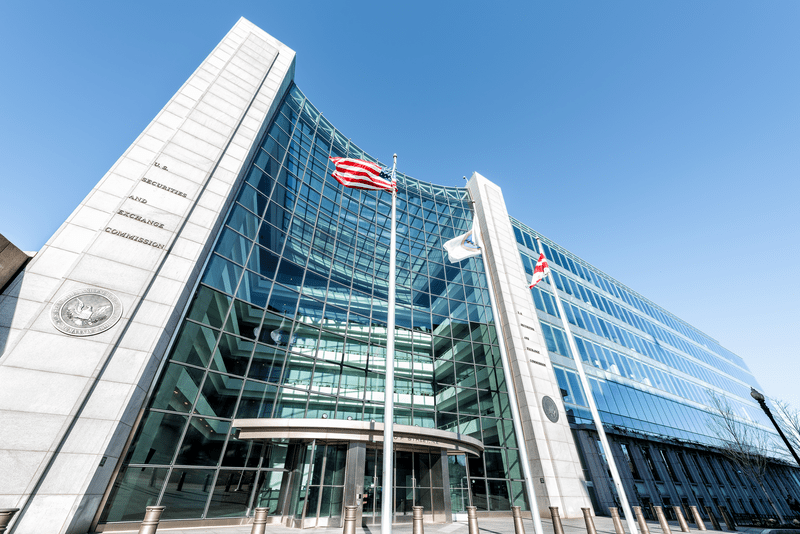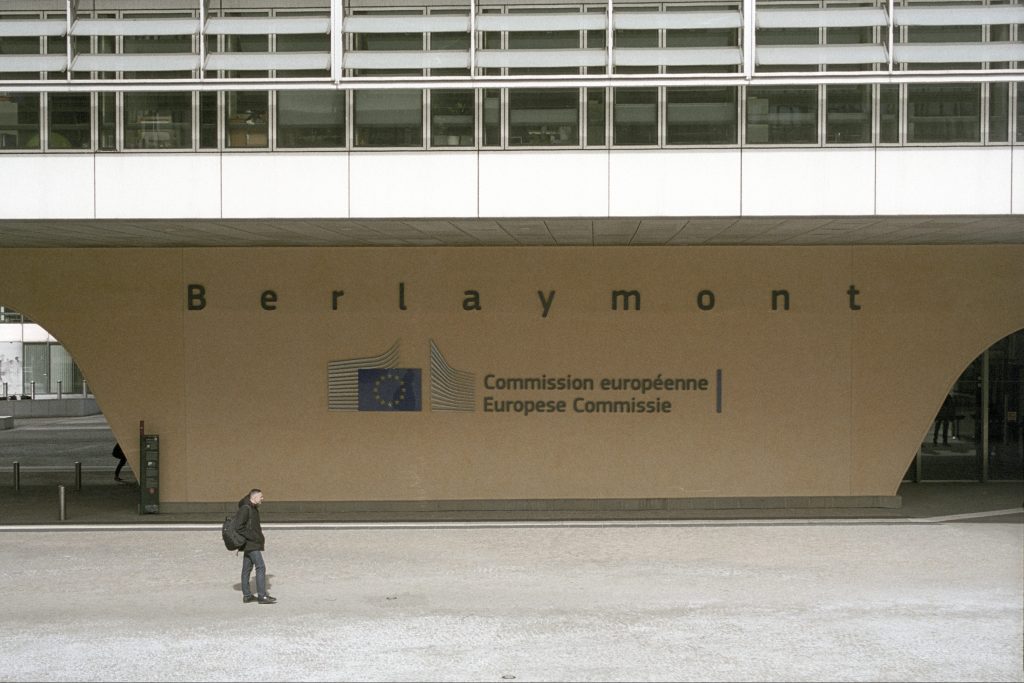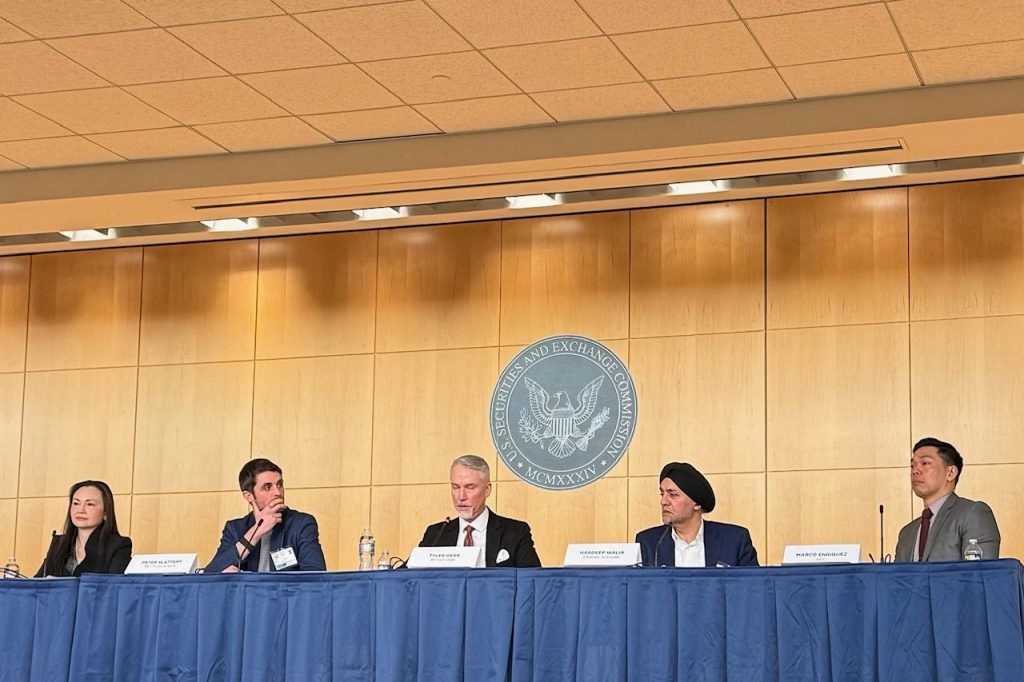In the contemporary digital landscape, cybersecurity has transcended being a mere operational concern; it has become a paramount issue that carries significant implications for C-level executives.
The SolarWinds incident starkly illustrates the precarious position of Chief Information Security Officers (CISOs) and other executives who may find themselves facing legal and regulatory scrutiny. The ramifications of such breaches can lead to personal liability due to factors such as negligence, misrepresentation, and breach of fiduciary duty. It is critical for executives to grasp these potential liabilities as essential elements of their governance responsibilities.
Compliance with SEC regulations, notably Regulation S-K and Regulation S-P, is not just a legal obligation but a strategic imperative. By mandating the disclosure of material cybersecurity risks and ensuring the protection of customer information, these regulations underscore the urgency for robust cybersecurity frameworks.
Failure to adhere to such guidelines may not only lead to reputational damage for the organization but may also expose executives to substantial financial and legal repercussions.
Cybersecurity has transcended being a mere operational concern; it has become a paramount issue that carries significant implications for C-level executives.
To effectively mitigate these risks, C-level executives must take proactive measures. Establishing comprehensive cybersecurity policies and fostering a culture of vigilance within the organization is essential.
Regular training and updates on evolving threats will empower all employees to act as the first line of defense. The proactive engagement of executives in these initiatives will not only safeguard the organization’s assets but also significantly diminish personal liability risks, thereby ensuring both compliance and confidence in leadership.
In the current digital landscape, cyber risk represents a pressing concern that warrants the utmost attention from organizations across the globe. For C-suite executives, especially CISOs, the stakes have never been higher. Legal and regulatory scrutiny surrounding cybersecurity incidents has intensified, with implications that extend beyond organizational liability to personal accountability.
This examination outlines the significant risks faced by executives in the context of recent case studies and relevant regulatory frameworks.
The SolarWinds CISO lawsuit: A case study
The SolarWinds cyberattack exemplifies the profound challenges and legal repercussions that can arise from a significant breach. The fallout from this incident saw the CISO facing legal action, highlighting the potential for personal liability in scenarios involving inadequate cybersecurity protocols.
This case serves as a crucial reminder that C-level executives are not insulated from accountability for cybersecurity failures, ultimately underscoring the urgent need for fortified defenses.
Personal liability for C-Level executives
The landscape of personal liability for C-level executives – including CEOs, CFOs, and CISOs – has evolved to encompass several critical dimensions:
- Negligence: Executives may be deemed negligent if adequate cybersecurity measures are not sufficiently implemented or maintained.
- Misrepresentation: Legal action can arise from the dissemination of false or misleading information regarding an organization’s cybersecurity posture.
- Breach of fiduciary duty: Executives have an inherent obligation to safeguard the organization’s assets, including sensitive data. A failure to act can lead to personal repercussions.
SEC Codes and Rules for Breaches
The SEC has established regulatory frameworks that address the seriousness of cybersecurity risks and the corresponding responsibilities of executives. Key regulations include:
- Regulation S-K: This mandates the disclosure of material cybersecurity risks and incidents in a company’s regulatory filings.
- Regulation S-P: This requires the protection of customer information, compelling firms to adopt and maintain robust written policies and procedures to safeguard sensitive data.
- Guidance on Cybersecurity Disclosures (2018): This guidance accentuates the critical need for timely and accurate disclosures concerning cybersecurity risks and incidents.
Mitigating cyber risk
To diminish cyber risk and, consequently, personal liability, C-suite executives must take proactive measures:
- Implement robust cybersecurity measures: Organizations should establish comprehensive cybersecurity protocols, policies, and technologies that are adaptive to emerging threats.
- Stay informed: Executives need to remain cognizant of the evolving nature of cybersecurity threats and best practices through continuous education.
- Foster a security culture: Creating an organizational culture that prioritizes security at every level is vital, promoting awareness and vigilance among all employees.
- Engage in regular training: Participation in ongoing cybersecurity training and awareness initiatives is essential for maintaining a high standard of readiness.
- Cyber Insurance: There are two parts to cyber insurance if you decide to go this route:
- Taking necessary diligence that operational policies and procedures are consistent with the coverage inclusions and exclusions of the insurance policy.
- Confirm with D&O insurance policies for C-level executives and the Board such policy coverage is consistent and in coordination with cyber policies.
In summary, the dynamic and evolving landscape of cyber risk presents formidable challenges for C-level executives. Understanding the nuances of personal liability and adhering to SEC regulations are imperative for safeguarding both personal accountability and the organization’s integrity.
The SolarWinds case serves as a stark reminder of the profound implications of negligence in cybersecurity. Executives must not only acknowledge these risks but also take decisive action to uphold a robust cybersecurity framework that protects both their organizations and their reputations.
Bahram Yusefzadeh is the founder of Zayda Technologies, LLC. He is a technology entrepreneur with 50+ years’ experience in the banking, healthcare, and cybersecurity sectors. Stephen Luebke is the co-founder of Zayda Technologies, LLC. He has over 30 years of experience in information technology and 23 years in cyber security detection and prevention.

















